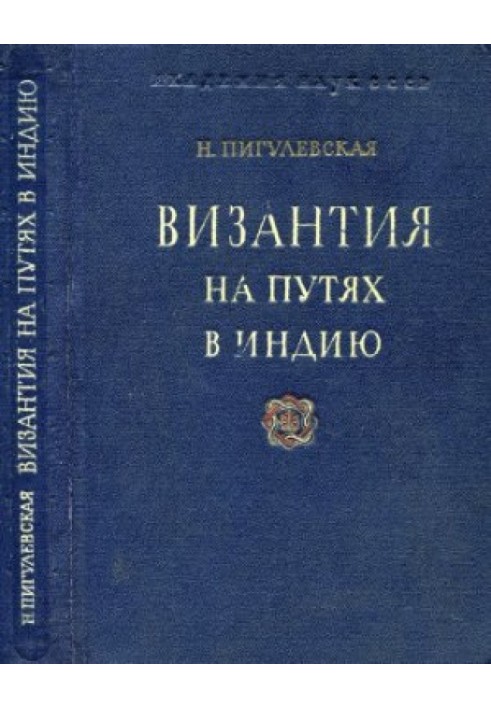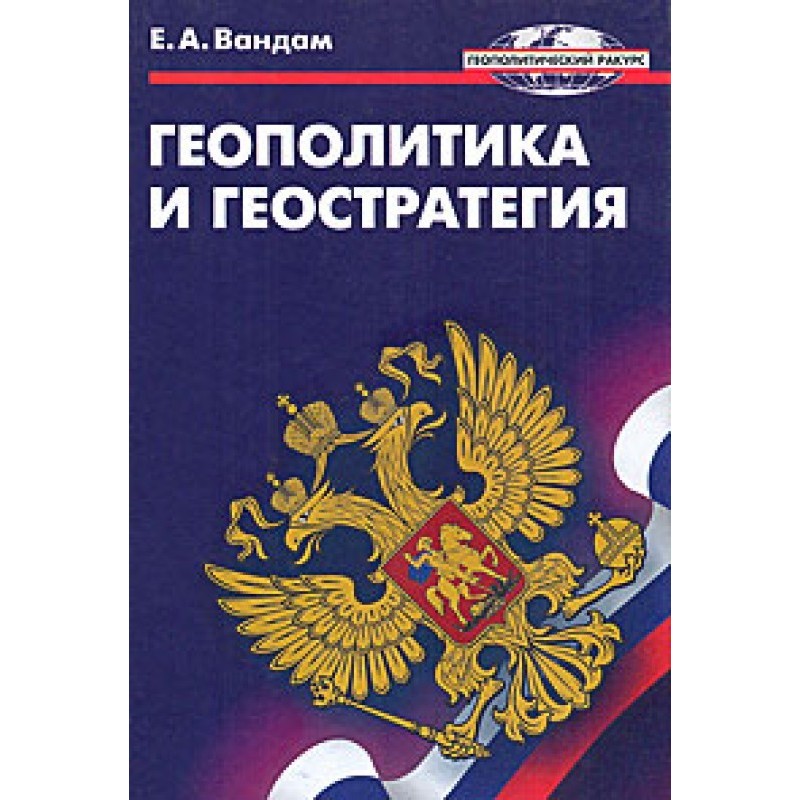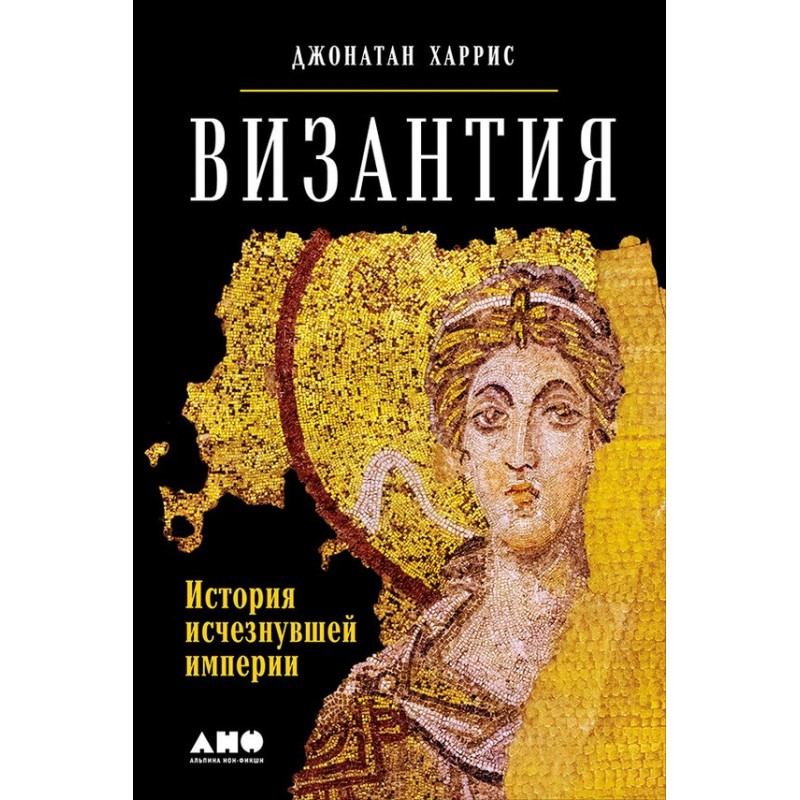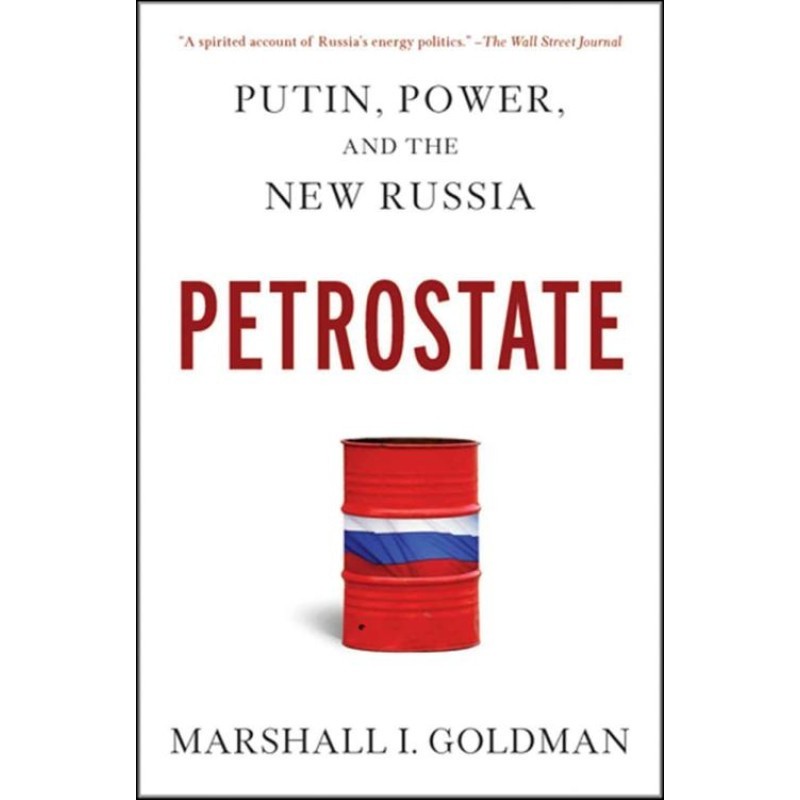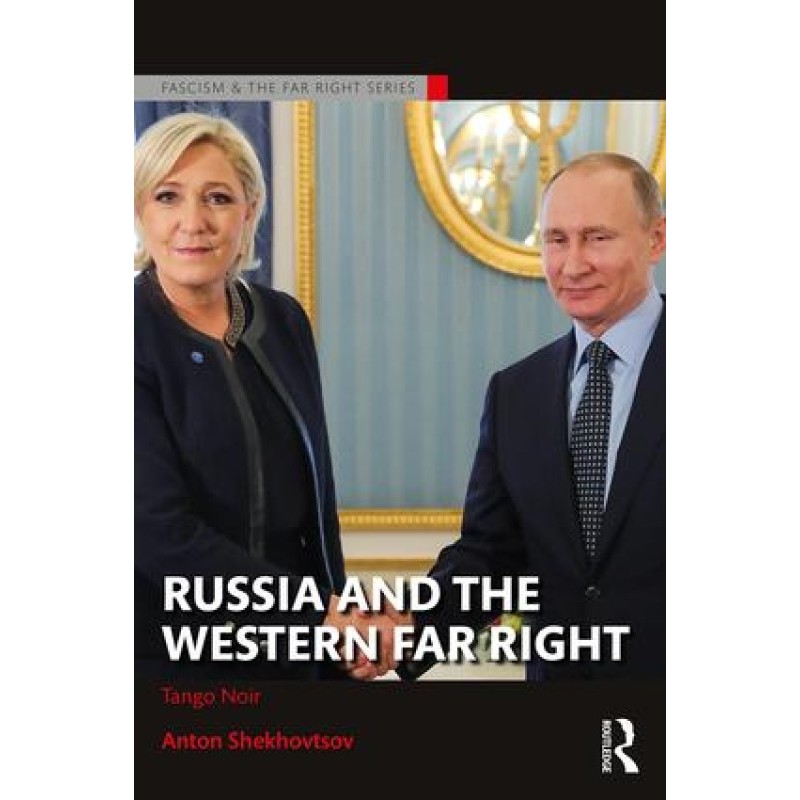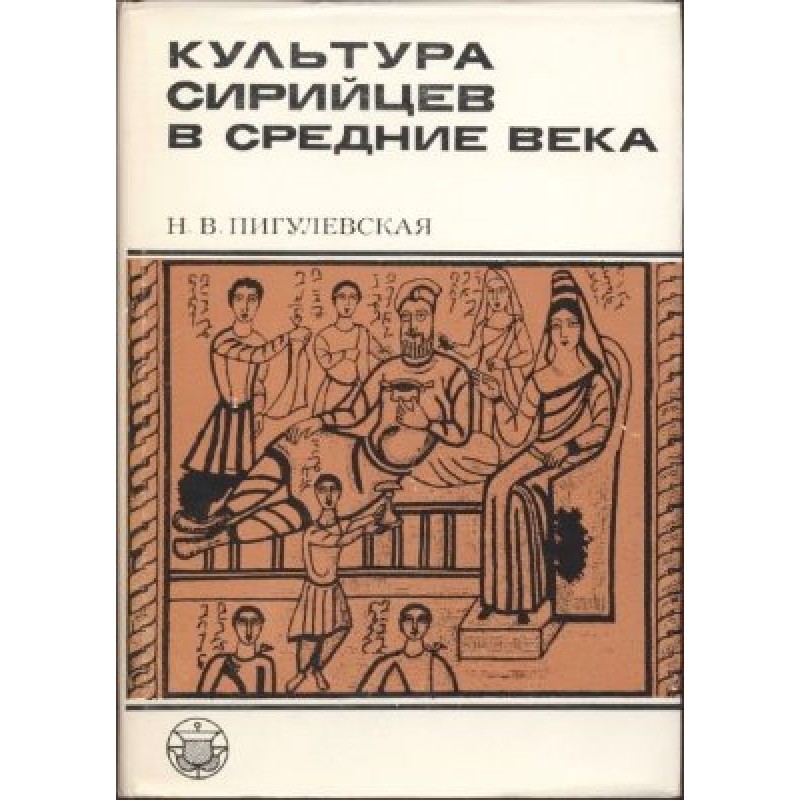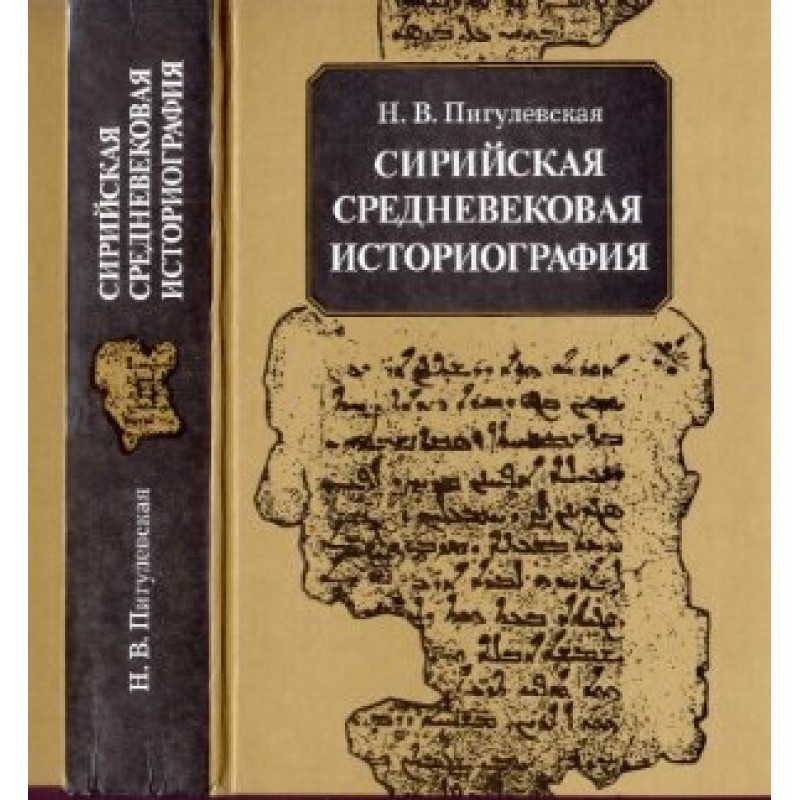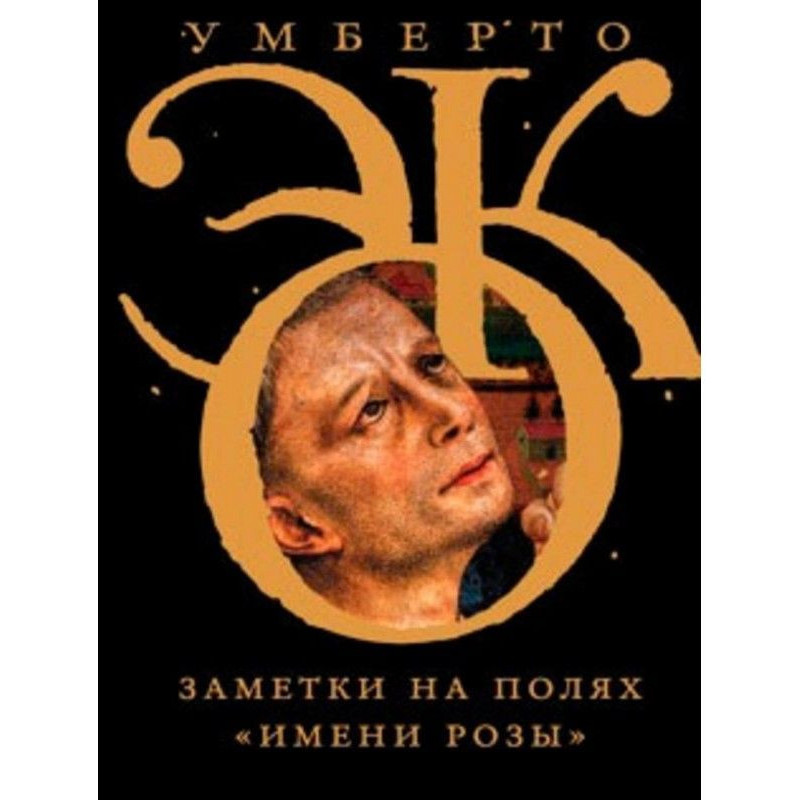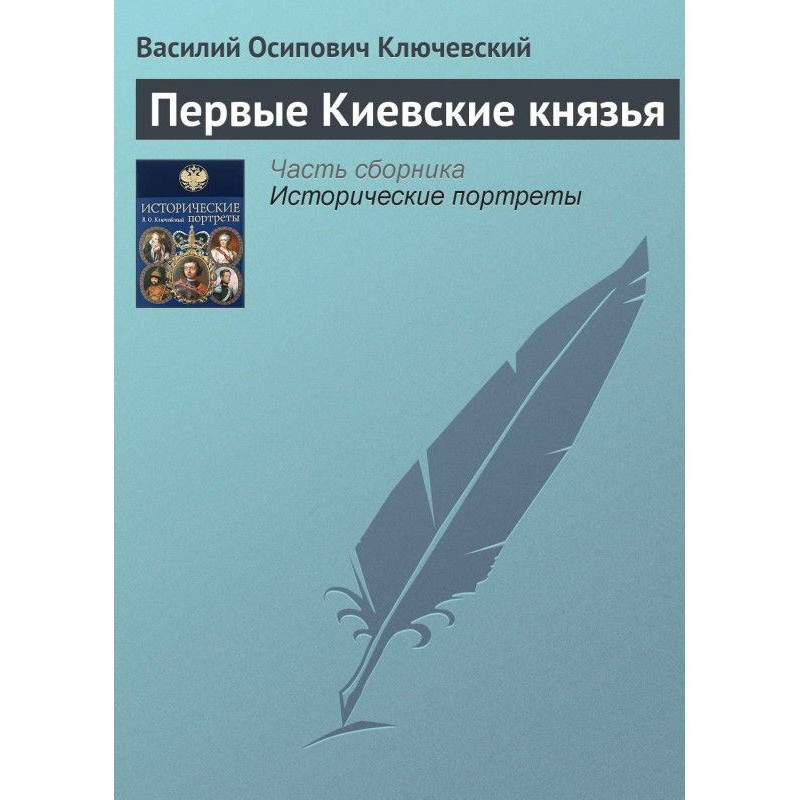Byzantium on the way to India
 Instant download
Instant download
after payment (24/7)
 Wide range of formats
Wide range of formats
(for all gadgets)
 Full book
Full book
(including for Apple and Android)
In the medieval history of the East, there are a number of problems, the development of which helps to resolve the pressing issues of our time. From this point of view, the socio-economic history of the Middle East in the Middle Ages is of exceptional interest to the researcher. The study of the period of decomposition of slave-owning forms of exploitation and the formation of new feudal forms faces a number of difficulties. Meanwhile, it was during this period that the main institutions of the feudal order took shape, remnants of which exist to this day in the countries of the foreign East. The versatility and complexity of economic and social phenomena, the variety of issues to be resolved require special in-depth research from the researcher. This monograph is devoted to one of the important issues, the solution of which has significant value. A study of the history of trade in the Middle East establishes that the largely subsistence economy of the Byzantine Empire at the same time can be characterized by the presence of exchange. Trade was one of the aspects of economic life and played a significant role in the Middle East throughout the Middle Ages. This topic could only be developed on the basis of a large number of sources in different languages. The entire eastern Mediterranean wrote in Greek, the official language of the empire, and the language of legislation before Justinian's novels was Latin. The history of trade of the empire is revealed by Greek and Latin sources. But the study could only become complete and complete if Arabic and Syriac sources were involved, i.e., sources in the languages of the peoples who received participation in the exchange. The history of pre-Islamic Arabia and its trade is given by the author on the basis of Syrian monuments and South Arab epigraphy, the study of which opens up opportunities for new solutions to many issues of the historical development of the East. For this topic, as for other works, the importance of Syrian sources was especially great. The history of the peoples of the Soviet Union is closely intertwined with the history of the peoples of many neighboring countries, and therefore the Syrian chronicles allowed the author to give the monograph “Syrian sources on the history of the peoples of the USSR” (1941). The Syriac language was the language of significant masses of the population of the Middle East and reflected in its monuments the life of broad layers population. Therefore, the use of these sources along with other materials in this and previous monographs (“Mesopotamia on at the turn of the 5th and 6th centuries. n. e.", 1940; “Byzantium and Iran at the turn of the 6th and 7th centuries,” 1946) gave the author the opportunity to make an attempt to study the history of the working masses and trace the paths of economic development of society in the Middle East in the early Middle Ages.
Contents: PrefaceIntroduction
ByzantiumSocial characteristics of Byzantium IV–VI centuries. n. BC “Complete description of the world and peoples” and its author Trade in the early Byzantine Empire Organization of trade in early Byzantium About trade with eastern countries in the 4th–5th centuries. n. e.Overseas goods in the empire
Roads to IndiaMap of Kastoria"Road" and "Complete description of the world"Kozma IndikoplovArmenian geography of the pseudo-Moses of KhorenskyHarbors and goodsSilk trade and caravan roads
CrossroadsSources on the history of Himyar "Laws Himyarites"Ethiopia and Himyar in the V-VI centuries. n. e.Public relations in Nejran at the beginning of the 6th century. n. e.
Conclusion
Appendix
Data sheet
- Name of the Author
- Нина Пигулевская Викторовна
- Language
- Russian
Reviews
Глибоке дослідження, але складно читати
Книга "Візантія на коліях до Індії" є дуже глибоким дослідженням, яке надає багато корисної інформації про економіку та торгівлю в середньовічній Візантії. Проте, вважаю, що стиль написання може бути занадто академічним для звичайного читача. Багато термінів і концепцій можуть бути важкими для розуміння, що ускладнює сприйняття. Якщо ви готові витратити час на глибоке занурення в тему, ця книга може бути корисною, але для загального читача вона може бути складною.
Вражаюче дослідження, яке варто прочитати
Ця книга стала для мене справжнім відкриттям! Автор вміло поєднує історичні факти з аналізом соціально-економічних процесів, що відбувалися в середньовічній Візантії. Я особливо вражений тим, як автор використовує різноманітні джерела, щоб створити цілісну картину торгівлі та її впливу на суспільство. Книга не тільки інформативна, але й дуже цікава, адже в ній багато захоплюючих історій та фактів. Рекомендую всім, хто цікавиться історією та економікою!
Дослідження, що вражає своєю глибиною
Книга "Візантія на коліях до Індії" є вражаючим дослідженням, яке відкриває нові горизонти в розумінні середньовічної історії. Автор детально аналізує соціально-економічні процеси, що відбувалися в той час, і робить акцент на важливості торгівлі для розвитку Візантійської імперії. Залучення арабських та сирійських джерел робить цю роботу унікальною, адже вона дозволяє побачити історію з різних перспектив. Я вважаю, що ця книга є обов'язковою для читання для всіх істориків та студентів, які цікавляться економічною історією.
Візантія: глибоке занурення в історію
Ця книга є справжнім подарунком для всіх, хто цікавиться історією Сходу та економічними відносинами в середньовіччі. Автор майстерно поєднує різноманітні джерела, що дозволяє читачеві отримати цілісне уявлення про торгівлю в Візантійській імперії. Особливо вражає детальне дослідження соціально-економічних аспектів, які вплинули на розвиток суспільства. Книга не лише інформативна, але й захоплююча, адже автор вміло розкриває складність і багатогранність історичних подій. Рекомендую всім, хто хоче глибше зрозуміти історію та економіку Близького Сходу!
Не зовсім те, що очікував
Хоча книга має багато цікавих моментів, я не можу сказати, що вона повністю виправдала мої очікування. Деякі розділи виглядають занадто науковими і важкими для сприйняття, що може відштовхнути широку аудиторію. Я сподівався на більше практичних прикладів та історій, які б зробили матеріал більш доступним. Проте, для тих, хто справді цікавиться історією, ця книга може стати корисним джерелом інформації.

